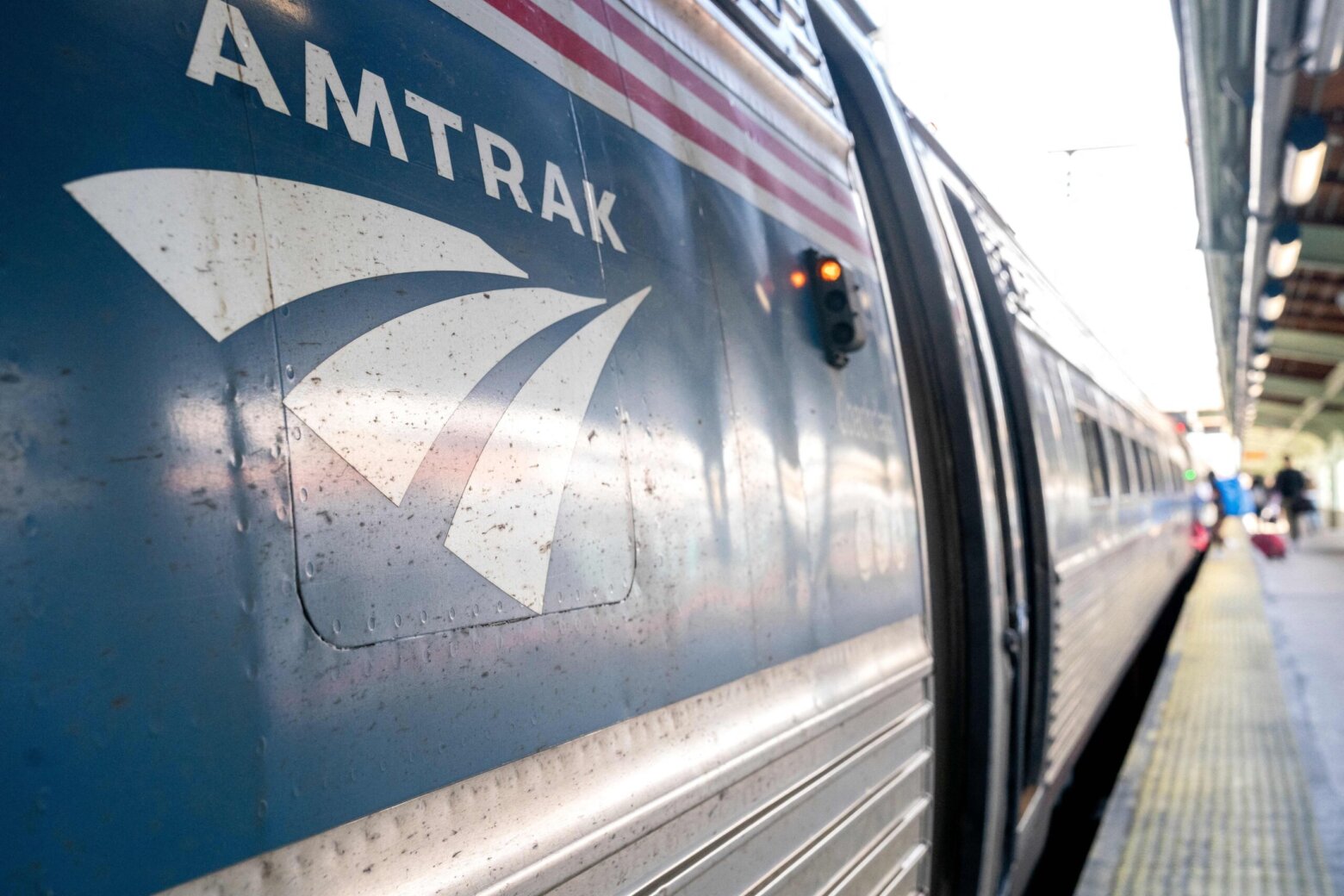Infra
New York City, MTA prepare for possible flash flooding from the remnants of Debby

NEW YORK CITY (WABC) — Preparations are underway as New York City and the MTA brace for possible flash flooding when the remnants of Debby arrive on Friday.
As straphangers hopped off the No. 1 train at the South Ferry station, Eyewitness News reporter Lindsay Tuchman went even deeper – to the pump room where MTA workers are prepping for the potential of heavy rain and flash flooding on Friday.
“I feel confident. We’ve inspected our equipment, inspected our track drains,” said Armando Crespo, MTA’s chief infrastructure officer. “We inspected our known flood areas that we should have a smooth transition into the storm with no issues.”
There are nearly 500 pump rooms across the subway system, and five pump trains that are deployed to stations with flooding conditions and then brought to pits.
Submersible pumps turn on automatically and discharge water to city sewers.
Follow updates on Debby’s local impact here
On a normal day, approximately 13 million gallons of groundwater is pumped out of the system, but with severe storms, that number can suddenly increase.
“If the water rises enough, we shut off the third rail, which eventually stops the train,” Crespo said. “We try to mitigate the water as soon as possible to make sure that we have subway service for our customers.”
MTA Chair and CEO Janno Lieber insisted that New Yorkers will be able to rely on mass transit on Friday, and should, instead of driving, but flash flooding can, and has, led to major service disruptions.
“We call in, you know, work for us to work the long hours, both to get ready for the event and to be in position in the event that, you know, we need to take action, whether it’s to clear a water condition, to cut trees, to send a diesel train in to help in an area with, God forbid, you’ve lost power,” Lieber said. “These are eventualities that we planned for, and we deploy the people to make sure we’re ready to execute.”
In addition to the MTA, the city is also taking a proactive approach in preparation for the storm.
NYC Emergency Management has issued a travel advisory, and has activated the city’s flash flood emergency plan, placing response agencies and crews on alert.
RELATED | NYC storm water flood map
“New Yorkers are tough and resilient, and we will get through this weather by being prepared and heeding the travel advisory,” Mayor Eric Adams said. “That means being informed by subscribing to Notify NYC, having supplies ready, checking in on your neighbors, and having a plan to leave your basement apartment if it starts flooding. Our city agencies are activated and ready to respond to impacts but we need you to do your part. It’s important to stay informed, keep streets and roads clear, and look out for one another.”
New Yorkers can subscribe to emergency weather alerts online at Notify NYC, which will keep them informed about weather conditions throughout the storm.
NYCEM is encouraging New Yorkers to exercise caution when traveling, expect travel delays and to remain off the roads during and after active weather to allow crews to operate and respond to weather conditions.
The city has also launched a WhatsApp channel as part of its approach to public messaging and warning.
Here are a list of safety tips:
You can also go online to NYCEM’s website for more safety tips.
Stay with Eyewitness News and AccuWeather for continuing updates.
———-
* Get Eyewitness News Delivered
* Download the abc7NY app for breaking news alerts
Submit a tip or story idea to Eyewitness News
Have a breaking news tip or an idea for a story we should cover? Send it to Eyewitness News using the form below. If attaching a video or photo, terms of use apply.
Copyright © 2024 WABC-TV. All Rights Reserved.









